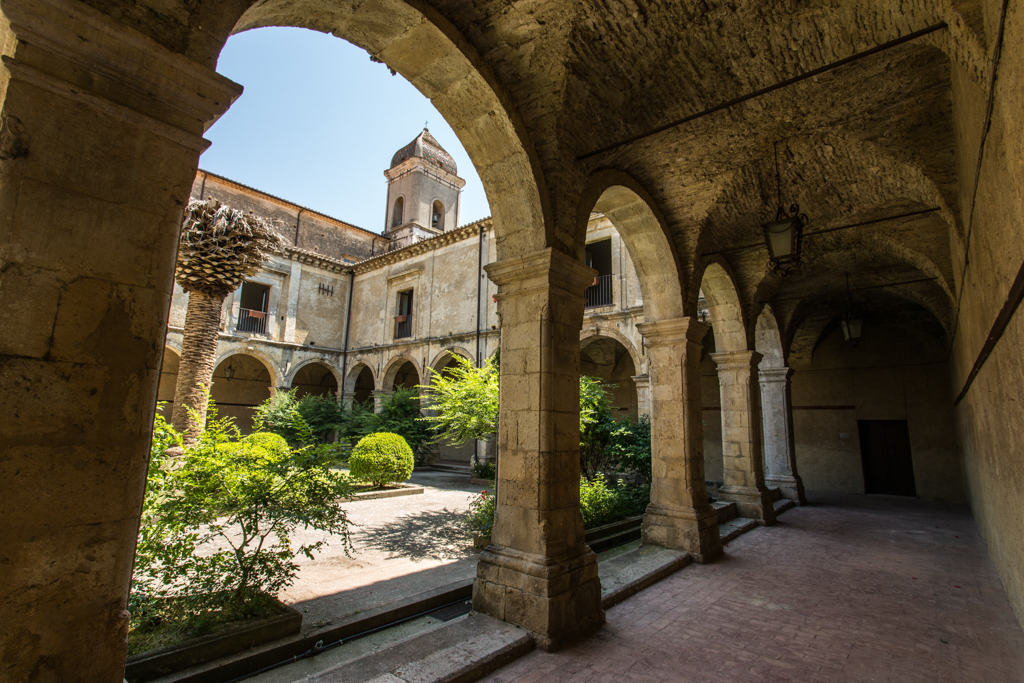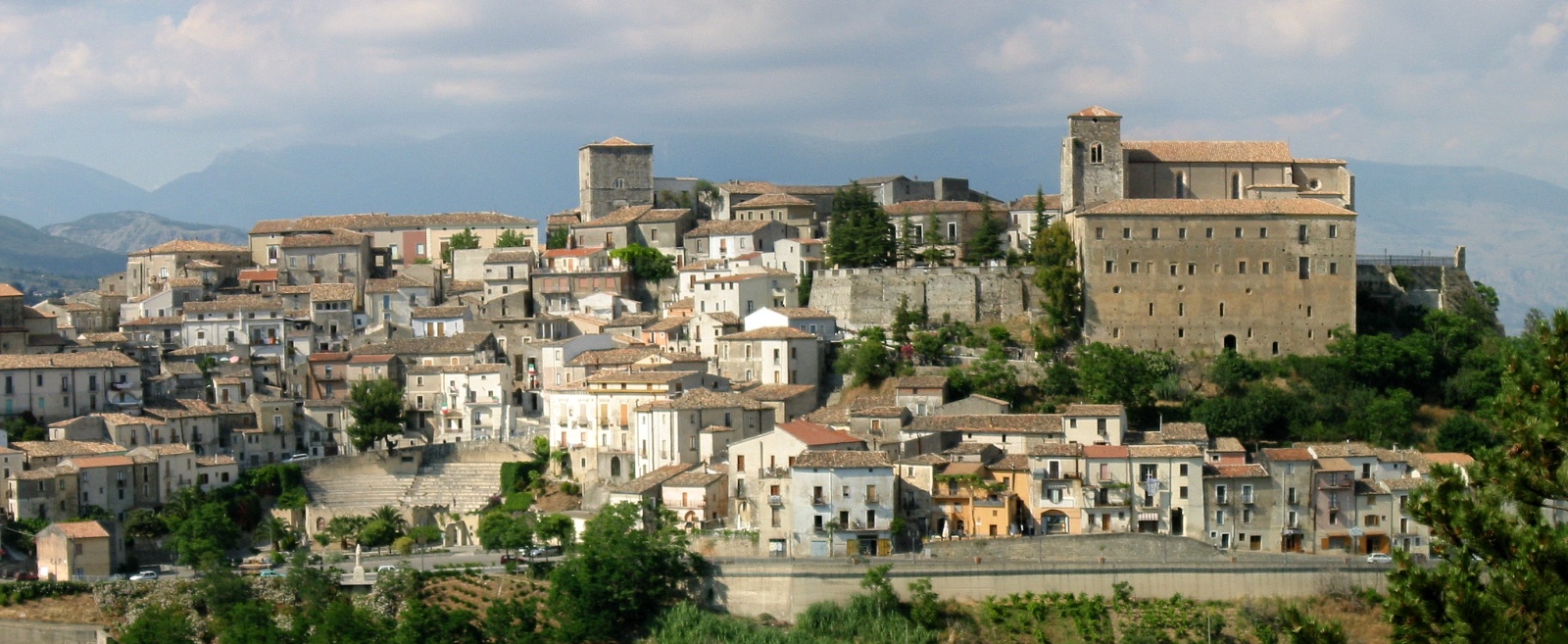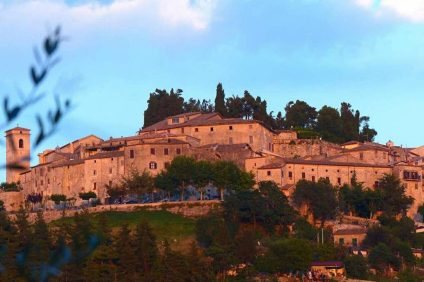Altomonte is a small village to discover in province of Cosenza, In Calabria. A nationally recognized treasure, part of the Club of the "Most Beautiful Villages in Italy", as well as associations such as "Bandiera Verde" and "Slow City". An area of undoubted scenic beauty, where it is possible to really switch off and get away from the stress and anxieties of city life.
Discovering Altomonte
Going to Altomonte means setting foot in one of the most prestigious artistic centers in the whole of Calabria. What is striking upon arrival is the real wall of houses, with visitors called to "get lost" among the many narrow streets that cross each other. The atmosphere that reigns thanks to the urban style is somewhat austere and aristocratic.
You can try your hand at itineraries rich in history, from the modern Outdoor theater to the Church of Santa Maria della Consolazione. The latter is a magnificent example of Gothic-Angevin art. Rare elements that characterized the rose window and the portal. The population is quite limited, numerically speaking, with just over 4 thousand people. However, this does not affect the vibrant atmosphere that you can breathe. The name derives from the presence of rather rugged mountains on one side of the landscape. Breathtaking views and fields of olive groves, however, have given it a more modern name: "City of Marriage".
The history of Altomonte
There is evidence of human settlements in this territory already in ancient times. The first evidence dates back to the XNUMXst century AD, as attested by the remains of a Roman villa near the Esaro river. The original nucleus of Altomonte, however, was moved during the XNUMXth-XNUMXth century, with the population opting for the hills, so as to be able to better defend themselves from any Saracen raids.

Its name has changed over time. The first was "Brahalla"In 1065, while in 1337 it became"Otherflumen”, To then assume the definitive one of Altomonte at the behest of Queen Giovanna II of Naples.
Get inspired
The many streets and stairways cluster around the center of the village, where the Church of Santa Maria della Consolazione is located. A true Gothic-Angevin art treasure, with a rose window and a very elegant facade, while the bell tower is decorated with a mullioned window. The interior is almost completely bare. However, there is no lack of works, such as the majestic sepulcher of 1360.
To appreciate the castle and the Dominican convent. The first is of Norman origin and dates back to the 1440th century. Today it is a spectacular hotel, which still displays all the splendor of the time. The convent dates back to XNUMX and is enriched by a cloister from the same period.

Also splendid Pancaro Palace, from the XNUMXth century, one of the oldest noble residences. From here you go down to Piazza Balbia, where there is the church of San Giacomo Apostolo, of Byzantine origin but recently restored. Its interiors are in Baroque style and the first inhabited nucleus of Arab origin developed right around here.
What to eat
Calabrian cuisine is particularly rich and the village of Altomonte is no exception. Going to a traditional restaurant is an experience to treat yourself. Here it will be possible to let yourself be advised, trying dishes of ancient origins.
The anchovies of Trebisacce mix seasoned fish, traditional clay jars, oil and chilli. The list also includes the stuffed duck Calabrian style, Calabrian herring, grilled caciocavallo, golden cauliflower, praline almonds, salmorigano and Catanzaro-style ravioli.
Source of featured photo: Panorama Altomonte - AlMare CC BY-SA 2.5





